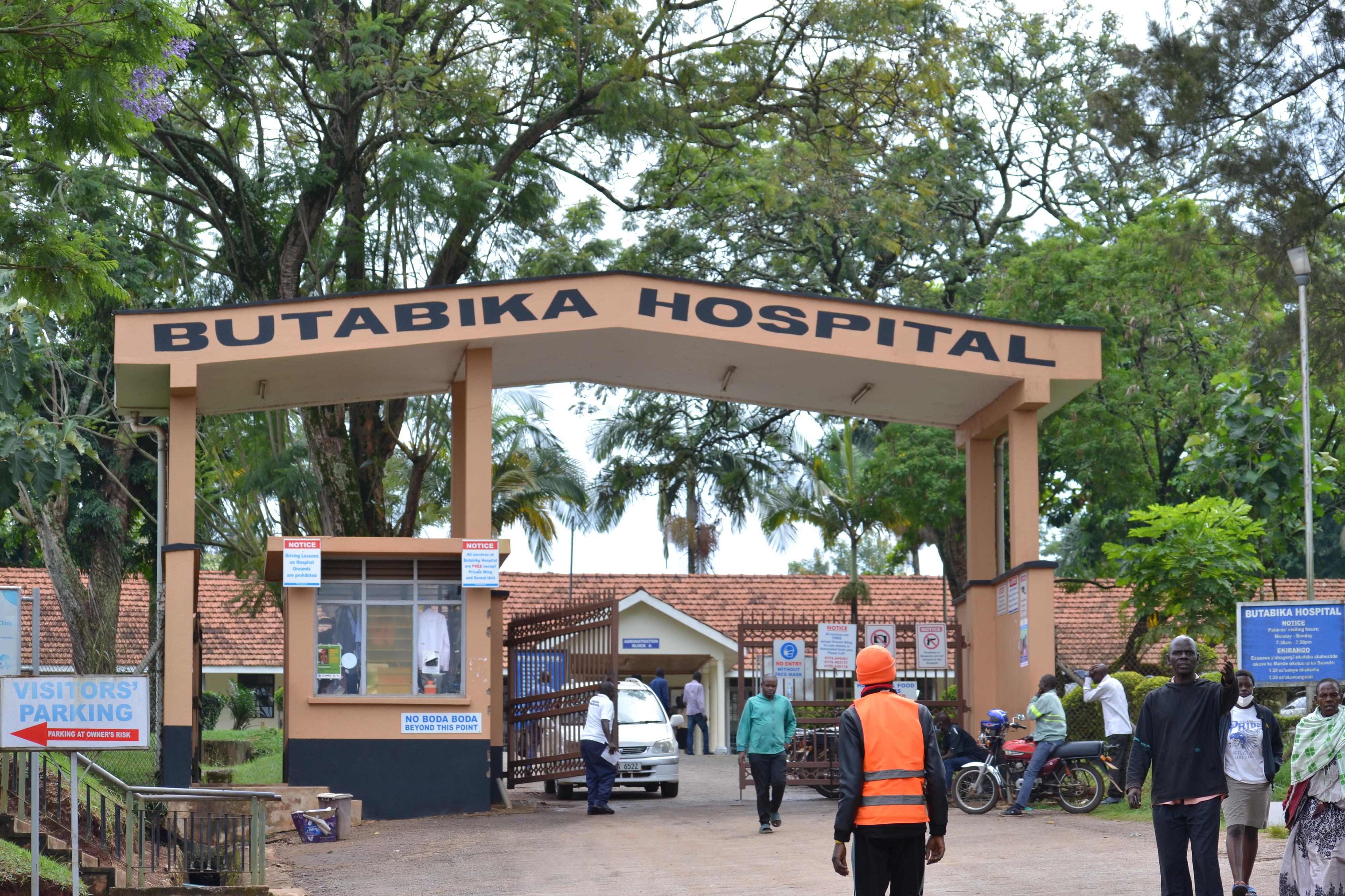Uganda’s leather industry, an underutilized resource

What you need to know:
- Later in the day it rained and got so cold. I decided to go to the nearby town to buy a jacket; I immediately was attracted by a leather jacket. I quickly grabbed it and took it to the lady manning the shop for pricing.
I was recently invited by a friend to attend his daughter’s baptism ceremony in Bushenyi District. I used the opportunity to visit some old friends. While there, I saw several hides and skins in homes as doormats, on the ground for people to sit on while others were lying idle and abandoned.
Later in the day it rained and got so cold. I decided to go to the nearby town to buy a jacket; I immediately was attracted by a leather jacket. I quickly grabbed it and took it to the lady manning the shop for pricing.
The price was so repulsive that Ispeechlessly clung onto the leather jacket as I gazed at her. In that state, I remembered the hides and skins lying idle in homes I visited and others I didn’t visit.
The abandoned hides and skins of goats, sheep, calves and cows are the products of the leather jacket I was holding and failing to pay for. I then remembered Prof. John David Kabasa’s presentation during the Academic and Practical Skills Conference on August 7 to 9, 2019 at Kyambogo University.
The presentation had stunning statistical information and was thought-provoking. The professor revealed that Uganda has a lot of animals; an estimated animal population of: Cattle – 14 million, Goats – 12.5 million and Sheep –5.4 million according to (Government report 2008).
With this, the leather industry would be booming. Unfortunately, Uganda has 5 million peasant households, under-producing populations, void of commercial enterprise, deficient human capital and mass youth unemployment. Consequently, we lose Shs1. 3 trillion annually due to inefficiencies in the leather sector.
This is more than the Shs1 trillion allocated to the agriculture sector in FY 2019/20 (12 percent increase from the previous year). This is equivalent to about 130,000 decent youth jobs (average Annual Income of Shs12 million / youth).
Leather is one of the most widely traded commodities with an annual production of over 18 billion sq. ft (FAO 2008). Developing countries now account for more than 60 percent of the world’s leather, and this proportion is growing. Africa has about 15 percent of the world’s cattle population (Uganda’s 1 percent).
Thus Africa, and Uganda in particular are at the centre of the booming leather industry as a key supplier of hides and raw materials. The future of the leather industry in Uganda and East Africa is incomplete value addition in the leather chain hence creating many job/employment opportunities for the youth and more revenue for the country.
The President, too, agrees with this. On Wednesday, July 31, 2019, while addressing people in Kisoro District during his campaign to sensitize communities on wealth and job creation in Kigezi Sub-region, the President discouraged the importation of leather products such as footwear and car seat covers, adding that Uganda has raw materials to manufacture those products.
I reluctantly put the leather jacket back in its hanging place as I slowly moved out of the shop. During the conference, it was revealed that Uganda has eight tanneries, four of these being large-scale factories while three are medium-scale factories and one is small-scale factories.
These factories mainly produce wet-blue leather for export (semi-processed) apart from one tannery that produces finished leather and leather products from Ugandan raw materials. Unfortunately, the world market demand for wet blue is quite low internationally at the moment.
Reuben Twinomujuni,
Senior PRO of Kyambogo
University.




